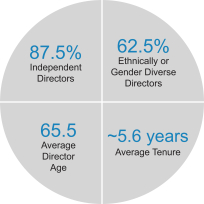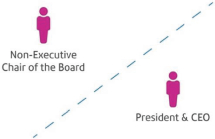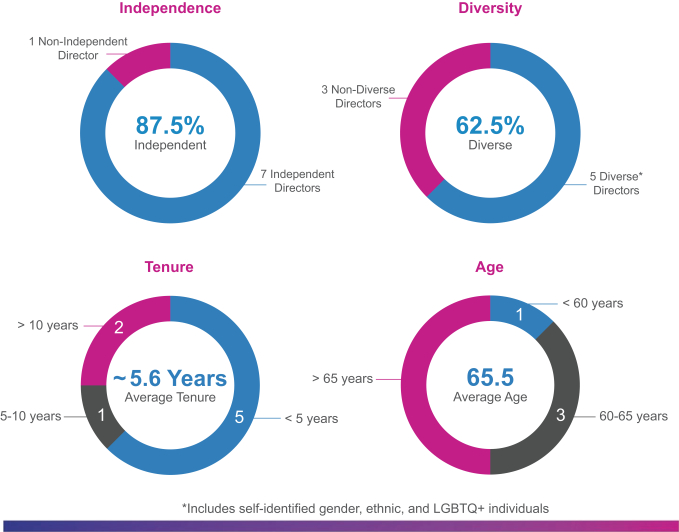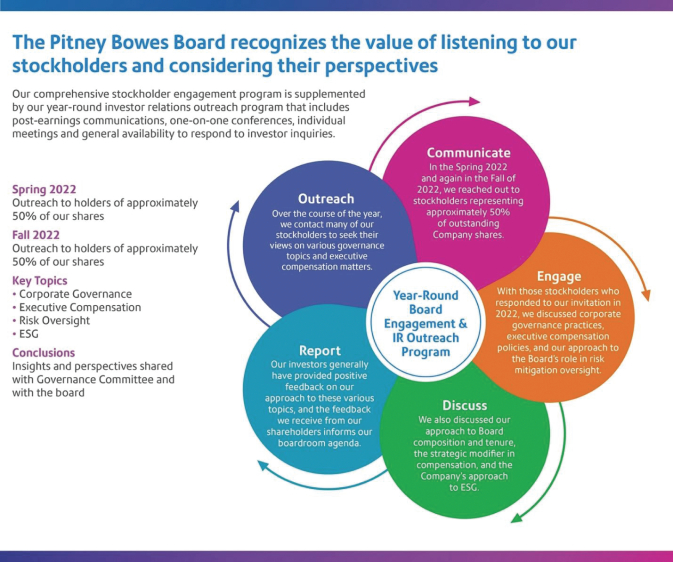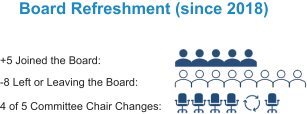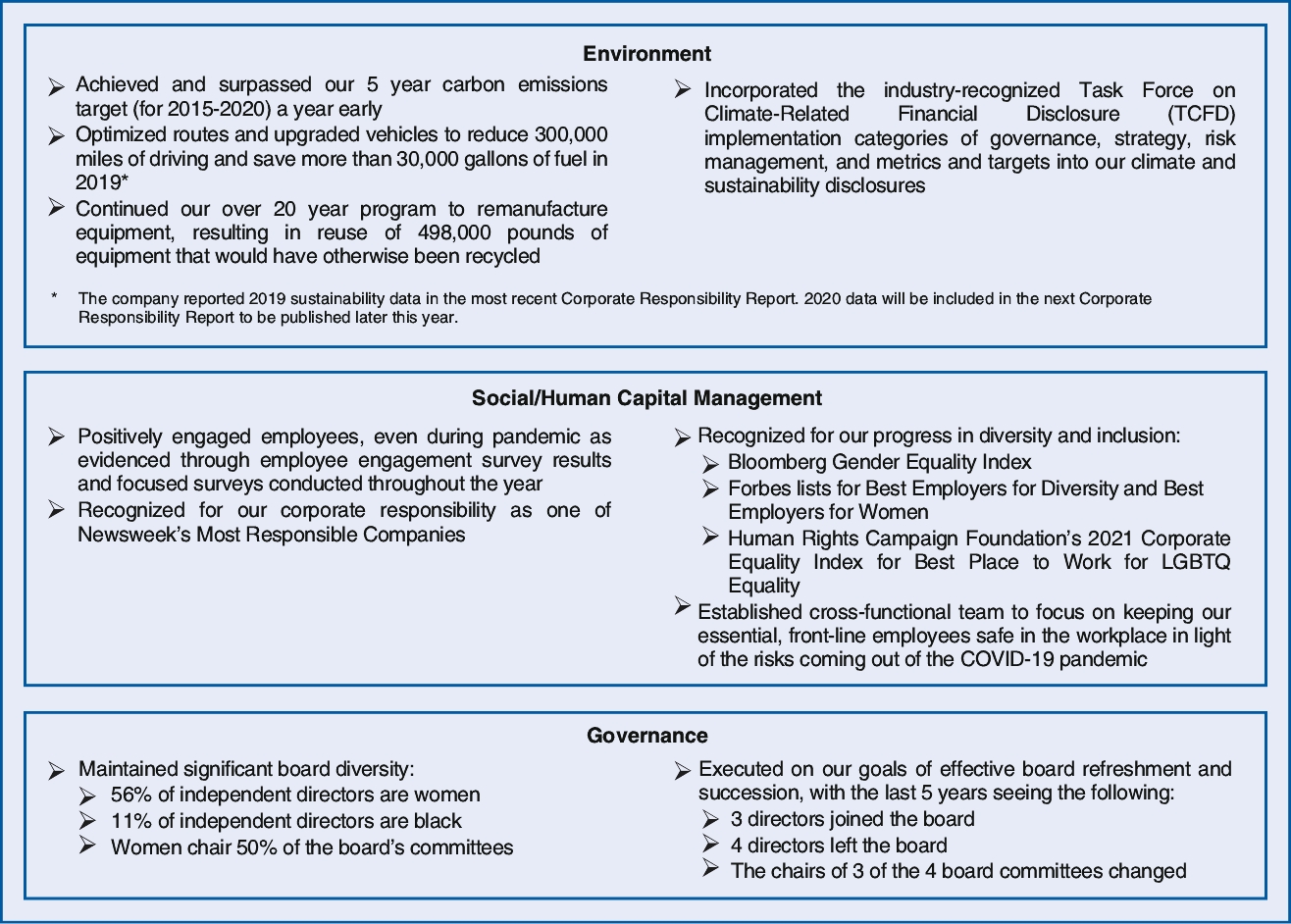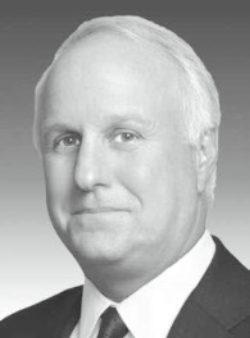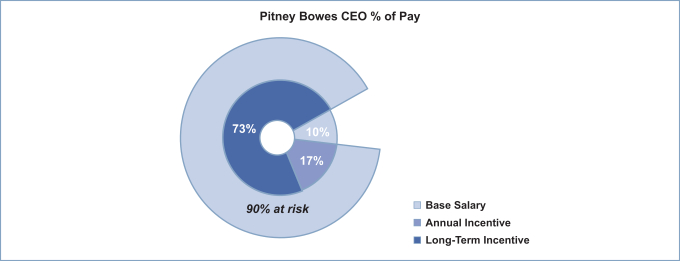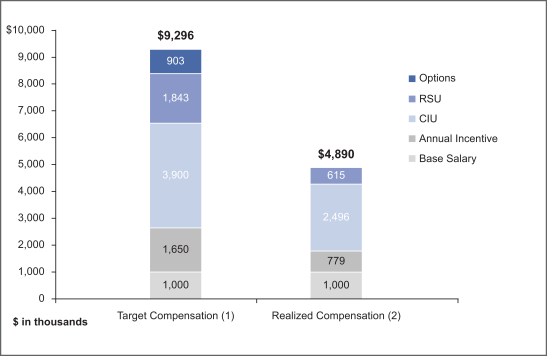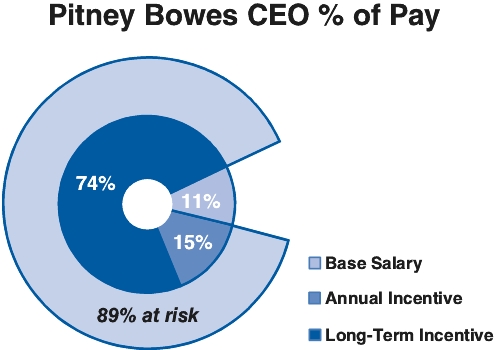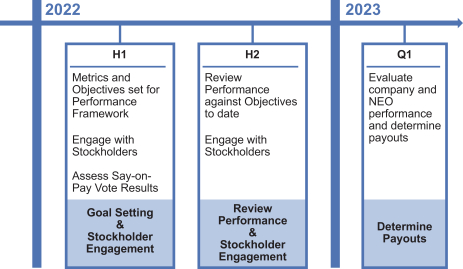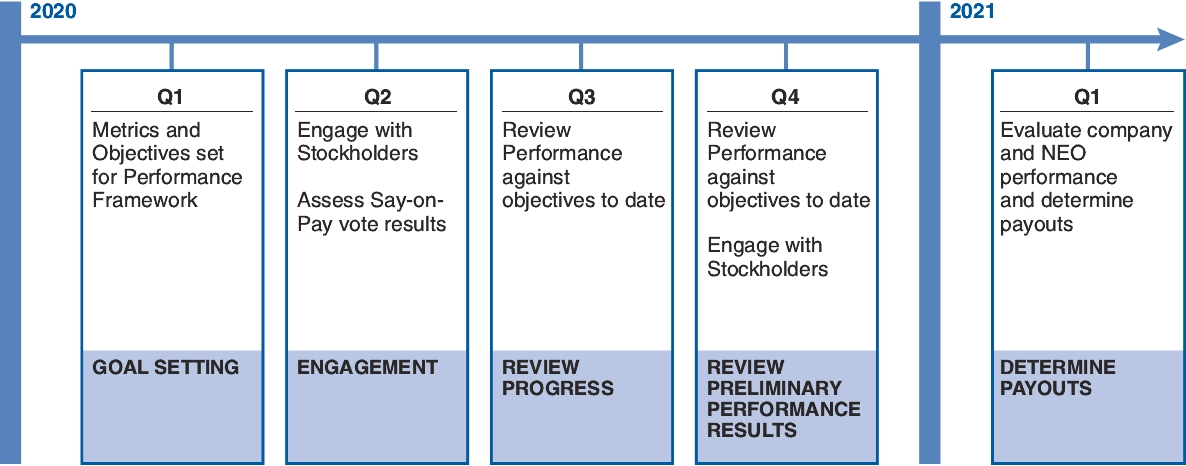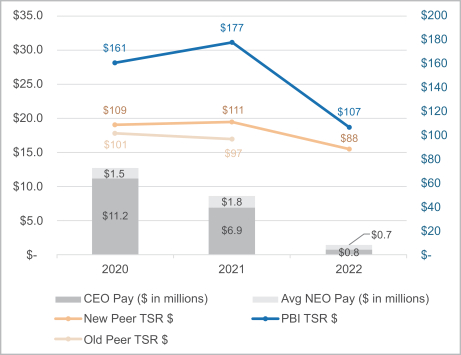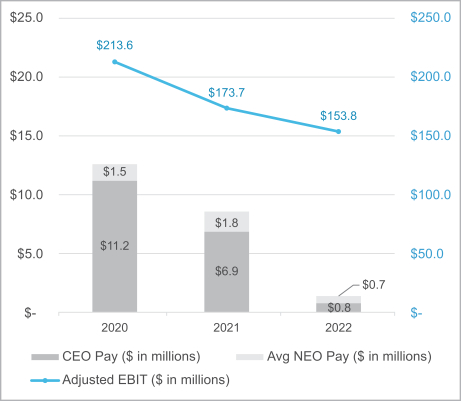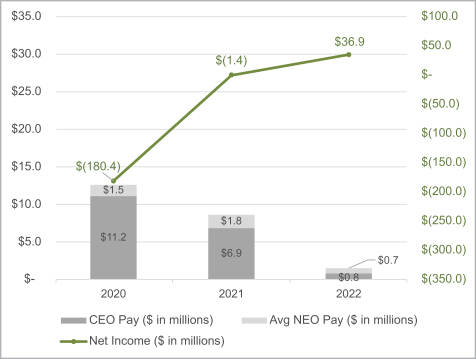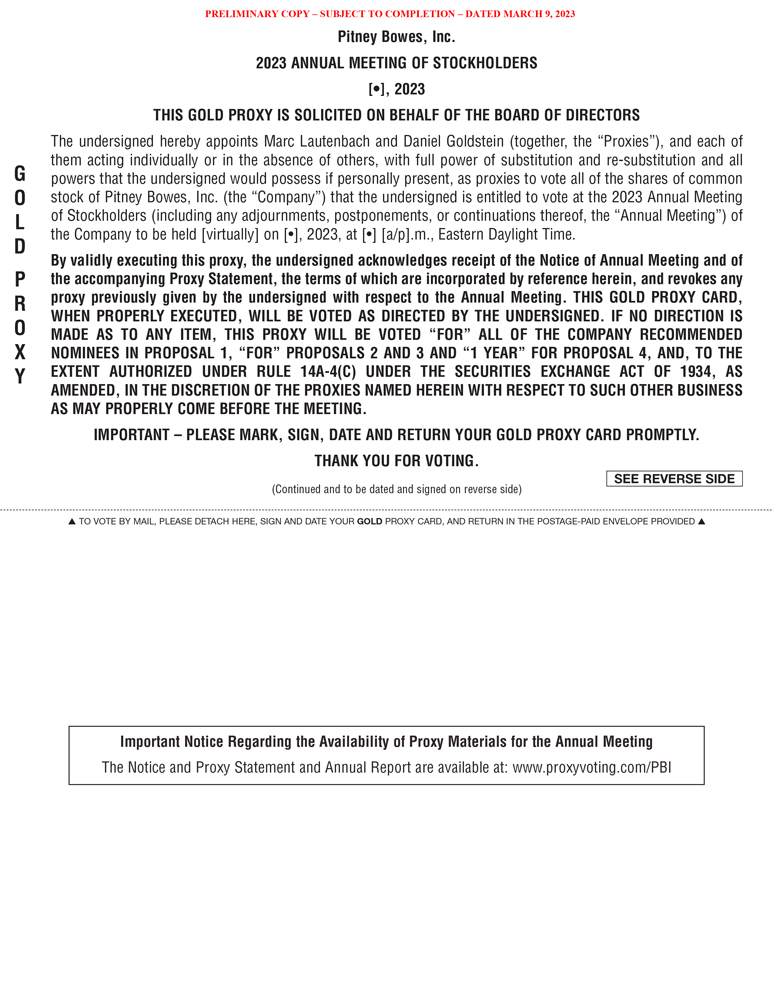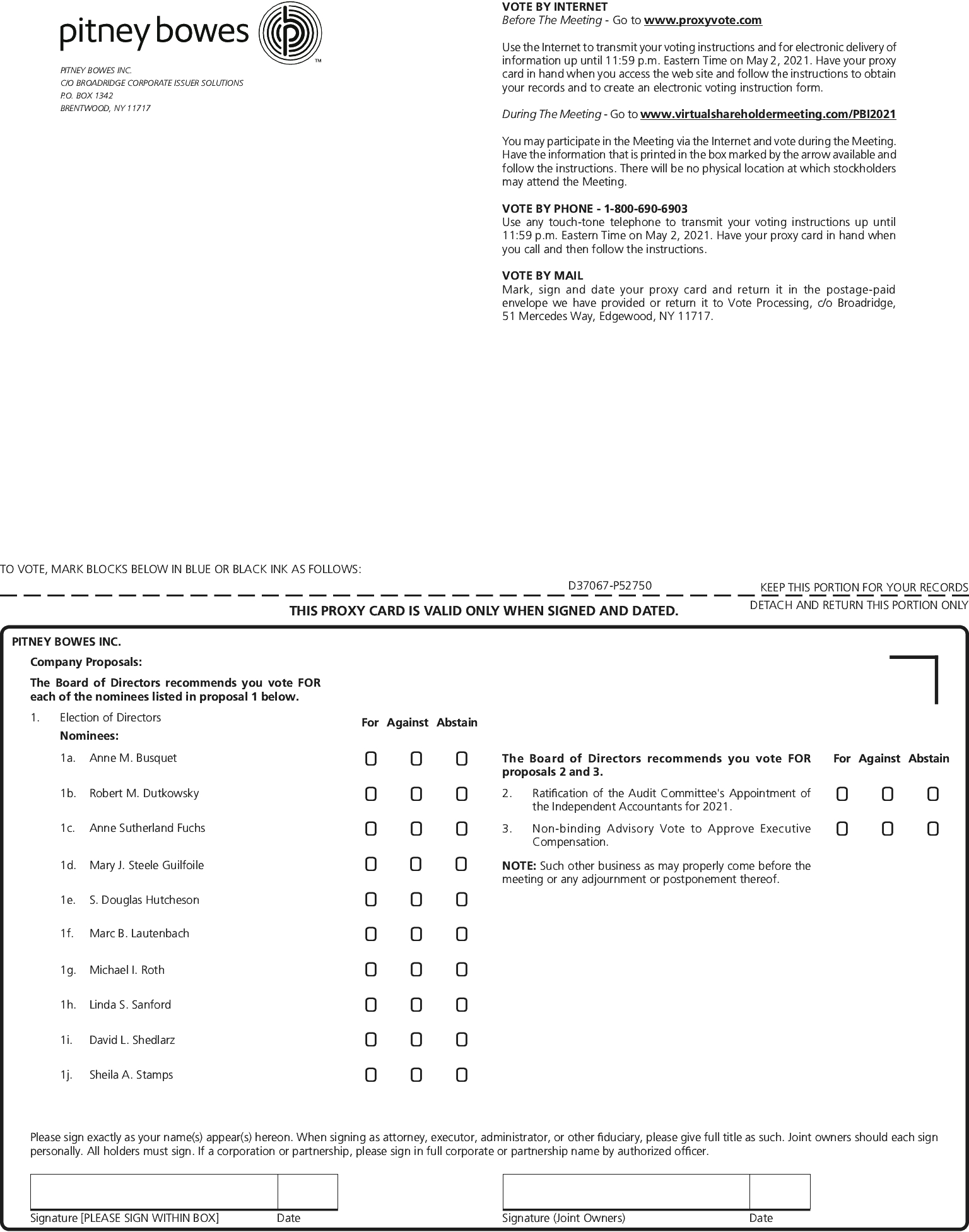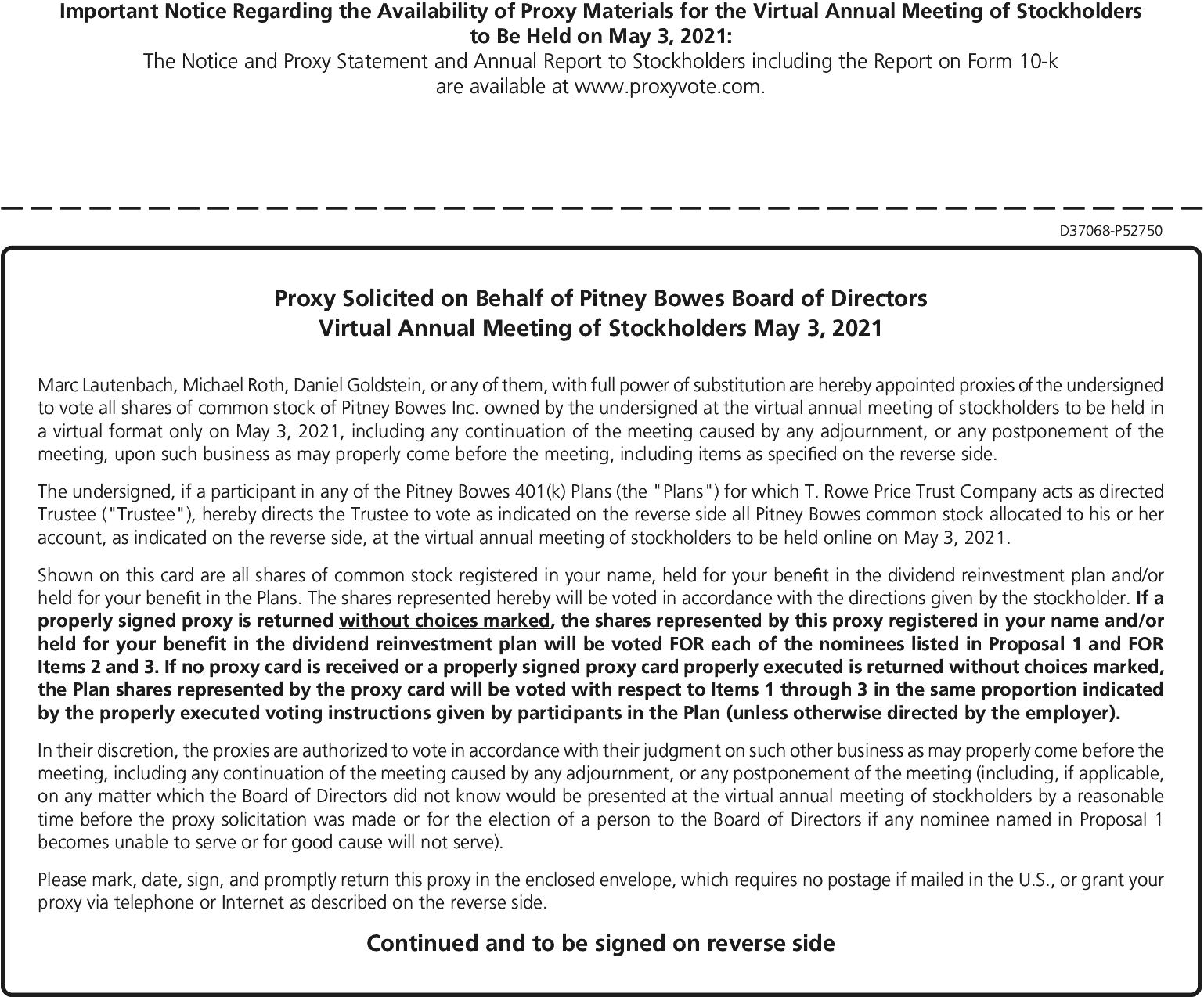
Why am I receiving this Proxy Statement? Who is soliciting proxies for the Annual Meeting with this Proxy Statement?
You are receiving this Proxy Statement and the enclosed GOLD proxy card because you were a holder of our Common Stock as of the Record Date, and the Board is soliciting your proxy to be usedvote your shares of our Common Stock on all matters scheduled to come before the Annual Meeting, whether or not you attend the Annual Meeting.
Members of the Board, director nominees and certain officers of the Company are “participants” with respect to the Company’s solicitation of proxies in connection with the Annual Meeting (each such person, a “Participant”). For more information on the Participants in the Board’s solicitation, please see “Additional Information Regarding Participants in the Solicitation” in Appendix A to this Proxy Statement.
Who is Hestia? How are they involved in the Annual Meeting?
On January 23, 2023, the Company received notice from Hestia Capital Partners, LP (together with its affiliates and associates, “Hestia”), an activist hedge fund, stating its intention to nominate seven candidates for election to the Board at the Annual Meeting (the “Hestia Nominees”). You may receive proxy solicitation material from Hestia, including a white proxy card. The Company is not responsible for the accuracy of any information contained in any proxy solicitation materials filed or disseminated by, or on behalf of, Hestia or any other statements that they may otherwise make.
OUR BOARD UNANIMOUSLY RECOMMENDS THAT YOU VOTE “FOR” OUR BOARD’S RECOMMENDED NOMINEES (INCLUDING ALL EIGHT COMPANY NOMINEES AND THE ONE RECOMMENDED HESTIA NOMINEE, KATIE MAY) BY USING THE ENCLOSED GOLD PROXY CARD AND DISREGARD ANY MATERIALS, AND DO NOT SIGN, RETURN OR VOTE ON ANY WHITE PROXY CARD, SENT TO YOU BY OR ON BEHALF OF HESTIA.
While you may use Hestia’s white proxy card to vote for the Company’s nominees, we encourage you to instead vote “FOR” the Company’s recommended director nominees (including all eight Company Nominees and the one Recommended Hestia Nominee, Katie May), “FOR” each of Proposals 2 and 3 and “1 YEAR” under Proposal 4 on the universal GOLD proxy card by the internet or telephone or by completing, signing, dating and returning the enclosed GOLD proxy card in the postage-paid envelope provided or by voting virtually at the Annual Meeting. Only the latest-dated proxy you submit will count.
How many seats on the Board are up for election at the Annual Meeting?
There are nine seats on the Board up for election at the Annual Meeting.
The Board currently has 11 members. Three current directors – S. Douglas Hutcheson, Michael I. Roth and David L. Shedlarz – are not standing for re-election at the Annual Meeting, reducing the number of incumbent directors up for election at the Annual Meeting to eight directors. In connection with these departures from the Board, effective at the Annual Meeting, the Board has determined to reduce the size of the Board from 11 directors to nine directors, which will leave one vacancy on the Board. After evaluating the size of the Board, its recent refreshment efforts and the Hestia nominees, the Board determined that in addition to the eight Company Nominees, it would also recommend that the Recommended Hestia Nominee, Katie May, be elected to fill the one remaining vacancy. Following the Annual Meeting, the Board will have nine members.
11





